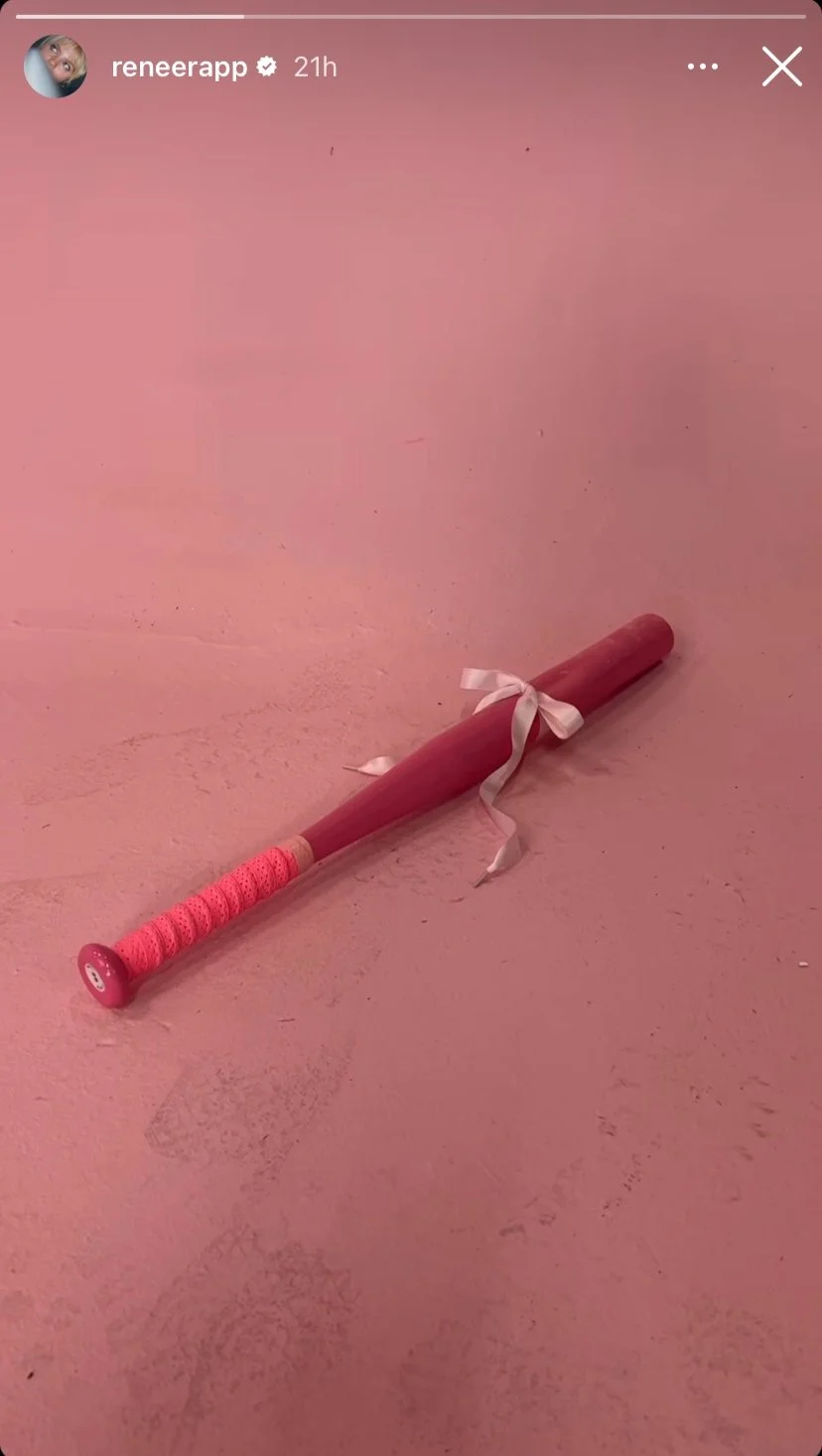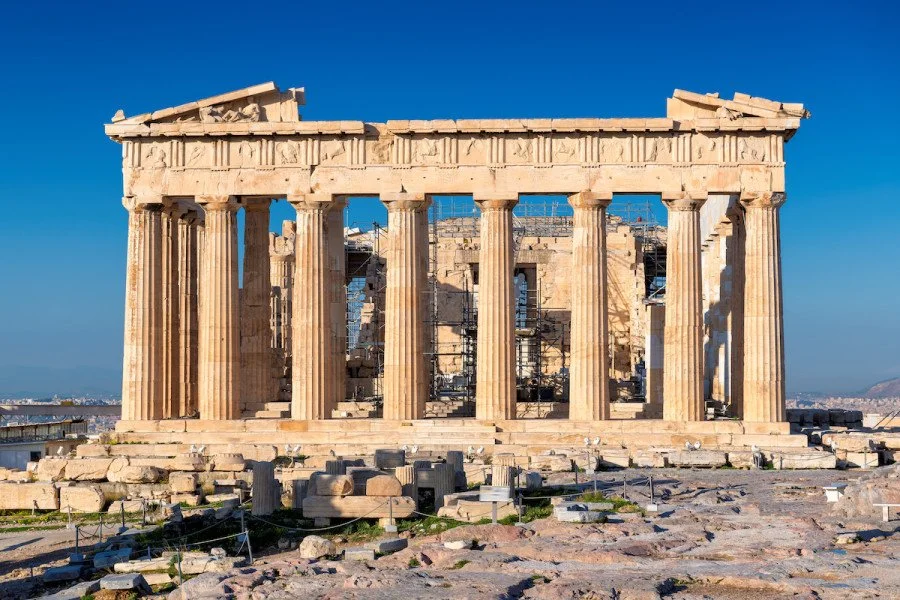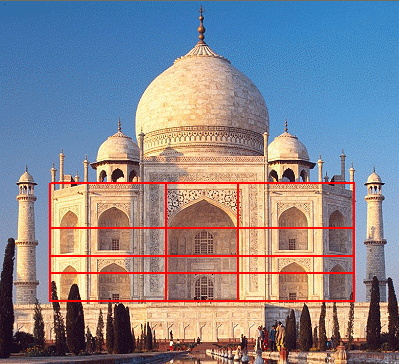If you’re like me and have the unfortunate tendency to be chronically online, you’re more than familiar with Coquette Core and the slew of newly coined ‘girly’ aesthetics i.e. the strawberry girl, tomato girl, blueberry girl, cinnamon girl, vanilla girl, hot girl (shout out Megan Thee Stallion), rat girl ( I don't know what this one means either), clean girl, soft girl… and I think that about covers it?
Though I do not tend to fit easily into archetypes, except for my Art Hoe phase back in High School (I regret nothing)—the recent emergence of Coquette Core is one I’ve found to be somewhat fun & refreshing.
Taking inspiration from ballet culture, the romantic period, and media’s favorite femme fatales, the Coquette Core aesthetic is characterized by a playful, charismatic, and “flirty” attitude (this is pretty much its most agreed upon definition according to Who What Wear ). Those invested in the aesthetic tend to adopt feminine silhouettes, lots of lace, tulle/ sheer fabrics, pearls, and ribbons as a staple.
Essentially, if you’re a Simone Rocha, Sandy Liang, Miu Miu, or Margiela enthusiast, you’re likely already well-versed in all this.
Though by no means perfect (it has its flaws) Coquette Core first piqued my interest because it aimed to be a ‘reclamation’ of femininity — a means to find strength in the disparaged and power in the frills where the patriarchy found frailty. Lately, however, I’ve become much more fascinated with the fact that despite foregrounding traditional femininity, Coquette Core has somehow managed to evolve into a lighthearted trend on social media, where people, regardless of identity, participate in the “girly” aesthetic.
Renee Rap’s Instagram Story December 20th, 2023
@veryharryhill on X December 19, 2023
The tweets and memes pictured above have by far been some of my favorite examples of Coquette Core’s cultural expansion. As a black girl, seeing other women of my complexion take on the style has also brought me lots of joy while simultaneously causing some feelings of instability with femininity to resurface.
In a lot of ways, I’d like to think that the true insidiousness of racism is the unobserved mode by which it successfully prevents black people from self-expression, fragmenting our identities in their very early stages.
At a very young age, as a little black girl, I learned that the soft traditional femininity that Coquette Core exemplifies wasn’t available to me in the same way that it was for other girls. Notably those fairer than I. I could dress the part of a “girl” and have the “toys” and “girly interests,” yet there was something about me—my features, my hair, and my complexion—that became a crippling reminder that I was once again an other. For black girls and women alike, dark-skinned ones especially, being robbed of femininity is one way that white supremacy strives to dehumanize us.
Truth is, though I may have loved the bows and barrettes my mom put in my hair as a kid and the frilly socks and mary-janes in which she dressed me— words like dainty, graceful, delicate, and pretty still felt out of reach. With time, I came to understand that my identity as a black woman is and has always been socially tethered to masculinity as opposed to feminity due to adopted white supremacist beliefs. It is difficult to identify a point in American history when black women were not relegated to stereotypical ‘male’ roles and overly criticized for possessing “unattractive” domineering male behaviors. It often feels that to be perceived as feminine, we have to occupy extremes, oversexualizing, overextending, and overperforming. Otherwise, we relinquish our femininity altogether.
That’s all to say that part of the reason I think I enjoyed the Art Hoe aesthetic so much in high school (before it got co-opted by a much larger & whiter demographic) was because it allowed black girls to be seen in a way that social media, let alone the real-world, had never before. As clichéd as it may sound, we could be expressive, artistic, awkward, goofy, cute, and quirky, superimposing ourselves into European impressionist paintings to physically make and take up space. Suddenly, it seemed like femininity wasn’t something I needed to labor for. I was no longer making desperate attempts to cling to or mend my bastardized ‘womanhood.’
As a teenage girl, still unsure of herself and her changing body, who had only begun to deal with the heft of perception (that damming concept), embodying the Art Hoe made me feel I could enjoy my black girlhood in ways that I had felt so isolated from beforehand.
So, how exactly does this all relate to Coquette Core?
Although fashion and beauty trends should NOT solely define girlhood—that view is overly simplistic and reductive—these trends are still vital for self-expression.
Don't get me wrong, I too found it a bit jarring that I enjoyed an aesthetic that draws from industries like ballet, which have lengthy histories of being palpably white, harsh, and exclusive. However, in light of its flaws, it's clear that coquette core has opened up a space on social media for us to participate in progressive discourse on race, sex, gender, and sexuality.
While there are so many thoughts left to flesh out, I can confidently say that this era within which Coquette Core and other hyper-feminine aesthetics are evolving has at least confirmed for me that my femininity is deeply bound to my personhood in ways that I am still trying to decipher.
Coquette core and other hyper-feminine aesthetics have also reminded me of the importance of having an outlet—such as style—to navigate the complexities of defining oneself, especially at a young age. Karon Davis’ exhibition at Salon 94, "Beauty Must Suffer," a photo from which you will find as the cover for this article, is the most beautiful representation of how I’ve begun to think about Coquette Core, blackness, and femininity: her work both affirms delicate black femininity while demonstrating the onerous labor it takes to cultivate it in the first place.
Some readers may think I have been too generous to Coquette Core, and that may be true. However, I want to clarify that this article is not intended to gloss over the aesthetic’s shortcomings. Like all fashion trends, Coquette Core needs to become more inclusive on all fronts.
I guess I decided to write this article because I believe that Coquette Core when emulated by those of us who feel like an other, goes deeper than just a shallow, one-dimensional approach to femininity. After all, no one works harder than a black ballerina. I’m sure Misty Copeland would agree.
Cover photo from ‘Karon Davis: Beauty Must Suffer’ @ Salon 94














